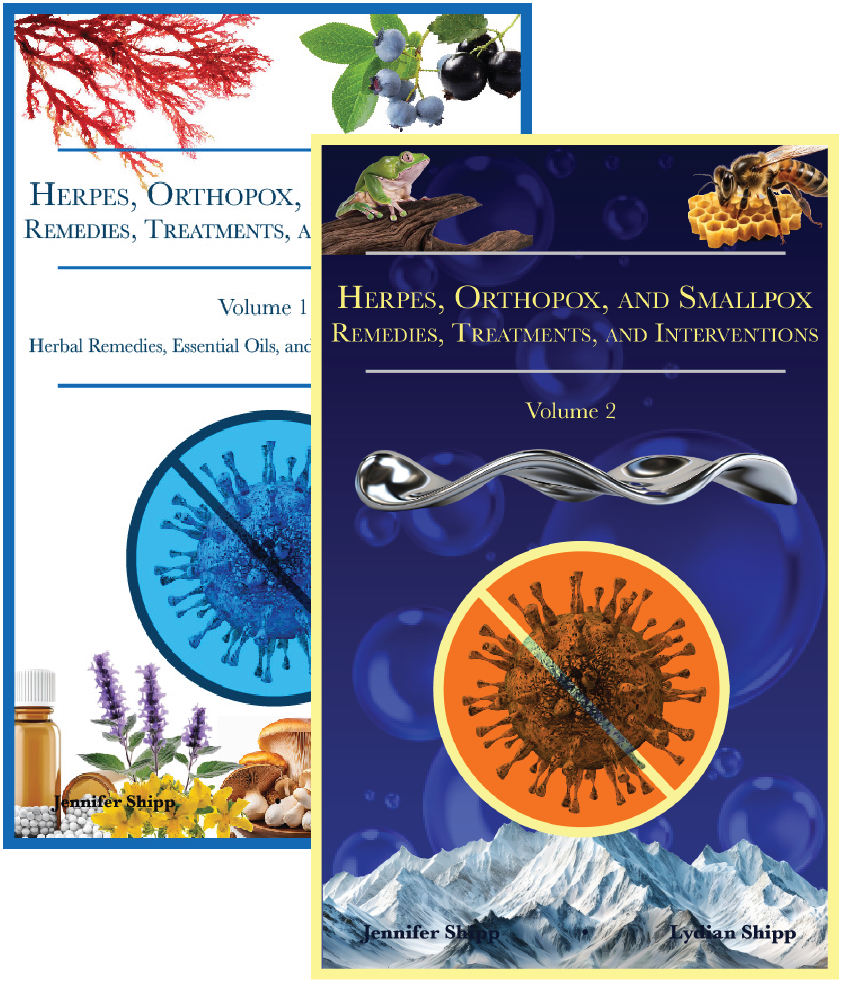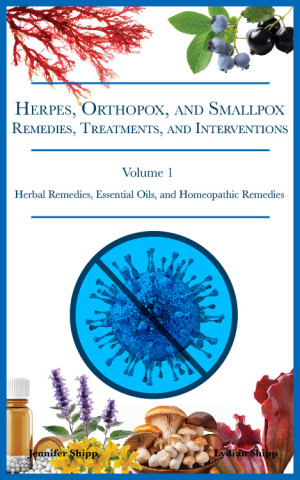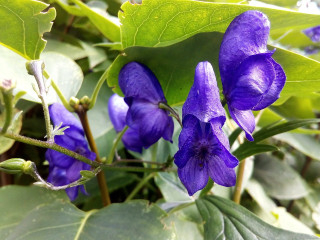Quercus infectoria: Herbal Remedy for Herpes in Women
 Quercus infectoria, also known as Jaft-E-Baloot, Turkish oak galls, or Mazo / Mazu, are an outgrowth of young twigs from a dyer’s oak. The outgrowths develops as a result of the deposition of wasp eggs by the Adleria gallae-tintoriae Olivier, the gall wasp. The galls that develop on the dyer’s oak are globular in shape and they range in size from 10 to 25 mm in diameter. People collect these galls for use in Unani medicine to treat female genital disorders.
Quercus infectoria, also known as Jaft-E-Baloot, Turkish oak galls, or Mazo / Mazu, are an outgrowth of young twigs from a dyer’s oak. The outgrowths develops as a result of the deposition of wasp eggs by the Adleria gallae-tintoriae Olivier, the gall wasp. The galls that develop on the dyer’s oak are globular in shape and they range in size from 10 to 25 mm in diameter. People collect these galls for use in Unani medicine to treat female genital disorders.
This is an herbal medicine that’s specific to women’s health issues and herpes infection in women. This herb contains high levels of a medicinal substance that causes it to make tissues strong and more resistant to infection.
There are two important parts of the Quercus infectoria plant including the oak fruit hull (the outer covering of the outgrowth) which is known as Jaft-E-Baloot and oak galls (the internal part of outgrowth) which are known as Mazo or Mazu. Both of these parts are used to treat different female genital disorders, though they can also be used to treat the skin, urinary tract, and respiratory disorders too.
Technically a dyer’s oak gall is not just an herbal remedy for herpes, but also an insect-based remedy because the oak gall only exists as a result of the interaction of the gall wasp with the tree. Jaft-E-Baloot is made of the thin, inner woody hulls of oak fruits that are produced by the Quercus infectoria tree. In contrast, Mazo is produced as a reaction of the Quercus infectoria tree to the wasp sting. This herbal remedy for herpes in women contains a high level of tannins, the type of plant-substance that’s used to tan leather. Don’t let that scare you though. Tannins are also medicinal and in the Quercus infectoria plant, there is a very high level of tannins – higher than any other plant medicine currently known. This is one of the things that makes Quercus infectoria unique among the herbal treatments for herpes. No other herb for herpes has the same high level of tannins as Quercus infectoria.

Click here to buy Quercus infectoria powder.
It stands to reason that Quercus infectoria would have the ability to tighten, strengthen, and yet also protect vaginal and uterine tissues specifically due to its high tannin-content, so it isn’t hard to imagine how this herbal remedy for women’s health issues might be useful in protecting the delicate ecosystem of in the vagina, the uterus and the fallopian tubes. But Quercus infectoria can also lessen wrinkles and skin issues which is also relevant in regard to overcoming herpes. You might think of this herb as a remedy that would be useful if you feel like your lady bits are lax, ailing, weak, prolapsed, damaged, or otherwise sick in some way.Quercus infectoria is particularly useful as an herbal remedy for women’s health problems and female genital disorders, but it has other applications too. For women’s health though, it is used to treat some of the more serious, seemingly “incurable” women’s disorders like uterine prolapse, vaginal prolapse, herpes infection, vaginal laxity, vulvovaginitis (inflammation of the vulva), uterine laxity, uterine fibroids, and more according to the scientific research.
Quercus infectoria also has neurological activity via a medicinal substance that it contains known as syringic acid. Syringic acid makes people feel more relaxed, so if you take this herb for herpes you might also notice that you feel more chill about life in a general way.

Quercus infectoria: Medicinal Effects
The gall of Quercus infectoria, Mazo / Mazu, has the following medicinal effects on the body:- Analgesic - it relieves pain.
- Anti-inflammatory - it reduces swelling in the body.
- Antipyretic - it reduces fever.
- Antiseptic - it kills germs.
- Anti-oxidant
- Antistomatitis - it reduces swelling of the tissues of the mouth and tongue.
- Tonic to the teeth - it helps the teeth and gums heal.
- Deodorant
- Dessicant - it has a drying effect on tissues.
- Expectorant - it increase secretions in the airways and lungs to make mucus easier to cough up.
- Antibiotic - it kills bacteria.
- Antimicrobial - it kills other types of pathogens like viruses.
- Hypnotic - it has a calming effect on the central nervous system.
- Sedative - it helps the body and mind relax.
- Stypic - it helps blood from a wound clot more easily.

Click here to schedule a health coaching call with us.
Mazo / Mazu is used to treat the following diseases and disorders:
- Hair loss
- Blackening of the hair
- Diseases of the digestive system
- Dyspepsia / Sour stomach
- Intestinal hemorrhage
- Intestinal ulcers
- Diseases of the anus and lower intestines
- Anal fissure
- Diarrhea
- Dysentery
- Hemorrhoids / piles
- Rectal bleeding
- Mouth and Dental problems
- Bleeding gums
- Severe gum disease / pyorrhea
- Halitosis / bad breath
- Tooth, gum, or mouth infection
- Mouth ulcers
- Inflammation of the tissues of the mouth and oral cavity
- Disease of the urinary tract
- Inflammation of the urethra
- Blood in the urine
- Sexually Transmitted Disease
- Gonorrhea
- Herpes
- Vaginal ulcers
- Women’s Health Issues
- Increases the production of estrogen, the rebuilder of tissues throughout the body.
- Vaginal discharge
- Menorrhagia / excessive menstrual bleeding
- It reshapes the vaginal walls.
- Prevents and treats uterine prolapse
- It sanitizes and strengthens the female sexual organs to protect them from bacterial, viral, and fungal infection.
- It increases sensitivity to enhance sexual pleasure.
- Tightens breast tissue to reduce breast sagging naturally.
- Diseases of the eye
- Diseases of the skin
- Excessive sweating
- Eczema
- Erisepelas
- Impetigo
- Intertrigo - inflammation of the skin in the skin folds
- Chapped nipples
- Ringworm
- Prolapsed organs
- Rectum
- Uterus
- Vagina
- Nose bleeds
- Fever
- Periodic fever / malaria
- Infection
- Diabetes
- Internal Bleeding / Hemorrhage
- Blocked sinuses
- Ear drainage
- Scurvy
- Sore Throat
NOTE: Internal administration of Mazo / Mazu can cause digestive upsets because it inhibits digestive secretions. For this reason, Gum acacia and Kateera are often used in tandem with Mazo / Mazu.
Medicinal Substances found in Mazo / Mazu
The galls of the Quercus infectoria plant contains the following medicinal substances:- Gallotannic acid
- Gallic acid
- Ellagic acid
- Sitosterol
- Methyl betulate
- Methyl oleanolate
- Starch
- Calcium oxalate
- Syringic acid
- Nyctanthic acid
- Roburic acid
- Gum
- Sugar
- Essential oil
Click here to learn more and subscribe to the Living Database now.
Quercus infectoria: Herbal Remedy for Infection
Quercus infectoria is an herbal remedy for herpes, but also for other types of infection too. The diethyl ether extract of Quercus infectoria can be used to treat the following types of infection according to the scientific literature:-
- Staphylococcus aureus
- Methicillin-Resistant Staphylococcus aureus / MRSA
- Klebsiella pneumoniae
- Vibrio cholera
- Escherichia coli
- Streptococcus mutans (a bacteria that causes cavities) -a methanol extract of Quercus infectoria, Glycyrrhiza glabra, Kaempferia pandurata, and Physalis angulata has potent antibacterial activity against S. mutans.
Quercus infectoria for Wound Healing: Herbal Remedy for Herpes Lesions
Quercus infectoria is used at a concentration of 2-4% as an ethanol extract-based ointment to heal herpes lesions and other types of wounds quickly.Quercus infectoria: Herbal Remedy for Hepatitis C Infection
Currently, there is no vaccine for hepatitis C / HCV, so scientists can still get funding to find herbal remedies for hepatitis C infection. A methanolic extract of Quercus infectoria, Acacia nilotica, Boswellia carterii, Embelia schimperi, and Trachyspermum ammi, has hepatitis C inhibition effects. An aqueous extract of Piper cubeba, Quercus infectoria, and Syzygium aromaticum also inhibited the growth of this viral infection.Quercus infectoria: Herbal Remedy for Gonorrhea
In addition to its ability to get rid of herpes, Quercus infectoria is also administered in Ayurvedic medicine as an herbal cure for gonorrhea. Administer the herb a powder at a dose of 1000-2000 mg 2-3 times per day.Quercus infectoria: Dose
There are a number of ways to administer Quercus infectoria.Powdered Quercus infectoria:
Powdered Quercus infectoria is administer at a dose of 1000-2000 mg given 2-3 times per day.
Decoction of Quercus infectoria:
A decoction can be made with Quercus infectoria by bringing 3 cups of water to a boil and then reducing it to a simmer. Add the Quercus infectoria at a dose of 500-2000 mg and allow it to simmer for 15-20 minutes. Remove it from heat. Drink 1 cup 3 times per the day.
Enema Using Quercus infectoria:
A decoction of the galls can be used as an enema to treat anal fissure or rectal prolapse. For an enema, you would boil 5-10 grams of bruised galls in half a liter of water. Allow them to simmer for 10-15 minutes.Quercus infectoria tincture:
Take 1-2 mL of Quercus infectoria tincture 3 times per day.Powdered Quercus infectoria with Honey:
Administer the dry powder at a dose of 500-1000 mg daily with honey.Vaginal Wash:
The Quercus infectoria decoction can be administered as a vaginal wash to make the vagina tighter after childbirth. Let it boil until the color of the decoction changes. This is a famous herbal remedy for tightening vaginal muscles after childbirth.
Click here to learn more about the DreamLight.app, a guided meditation and brain-entrainment tool.
Resources:














